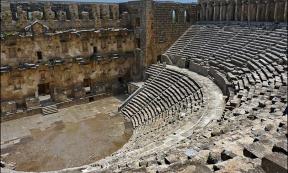Other Artifacts
Other Artifacts covers many items which have been recovered from the past and give us insights into ancient human worlds. From loaded Roman dice to the Shroud of Turin, these items help tell the stories of the varied culture and everyday lives of our ancestors.







































